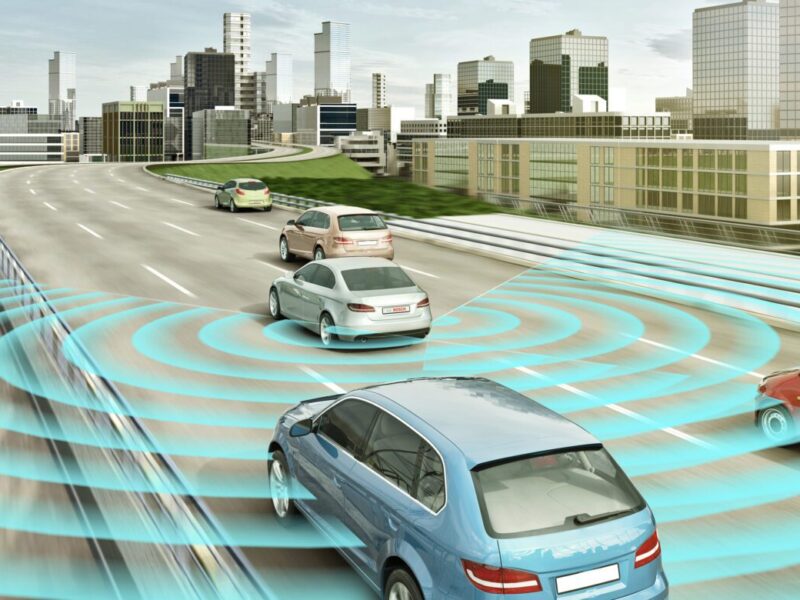
<!– /* Font Definitions */ @font-face {font-family:Arial; panose-1:2 11 6 4 2 2 2 2 2 4; mso-font-charset:0; mso-generic-font-family:auto; mso-font-pitch:variable; mso-font-signature:-536859905 -1073711037 9 0 511 0;} @font-face {font-family:"MS 明朝"; mso-font-charset:78; mso-generic-font-family:auto; mso-font-pitch:variable; mso-font-signature:-536870145 1791491579 18 0 131231 0;} @font-face {font-family:"Cambria Math"; panose-1:2 4 5 3 5 4 6 3 2 4; mso-font-charset:0; mso-generic-font-family:auto; mso-font-pitch:variable; mso-font-signature:-536870145 1107305727 0 0 415 0;} /* Style Definitions */ p.MsoNormal, li.MsoNormal, div.MsoNormal {mso-style-unhide:no; mso-style-qformat:yes; mso-style-parent:""; margin-top:12.0pt; margin-right:0cm; margin-bottom:12.0pt; margin-left:0cm; line-height:200%; mso-pagination:widow-orphan; font-size:11.0pt; font-family:Arial; mso-fareast-font-family:"MS 明朝"; mso-bidi-font-family:"Times New Roman"; color:black;} a:link, span.MsoHyperlink {mso-style-priority:99; color:blue; mso-themecolor:hyperlink; text-decoration:underline; text-underline:single;} a:visited, span.MsoHyperlinkFollowed {mso-style-noshow:yes; mso-style-priority:99; color:purple; mso-themecolor:followedhyperlink; text-decoration:underline; text-underline:single;} .MsoChpDefault {mso-style-type:export-only; mso-default-props:yes; font-size:10.0pt; mso-ansi-font-size:10.0pt; mso-bidi-font-size:10.0pt; font-family:Arial; mso-ascii-font-family:Arial; mso-fareast-font-family:"MS 明朝"; mso-hansi-font-family:Arial;} @page WordSection1 {size:595.0pt 842.0pt; margin:70.85pt 70.85pt 2.0cm 70.85pt; mso-header-margin:35.4pt; mso-footer-margin:35.4pt; mso-paper-source:0;} div.WordSection1 {page:WordSection1;} –>
Has Honda the proverbial crystal ball? No – the i-ACC uses camera and radar to sense the position of other vehicles on the road. The system runs an algorithm that can determine the likelihood of vehicles in adjacent lanes cutting-in. For this purpose it evaluates the relation between the vehicles in the surroundings and how they change. According to Honda, the predictable time horizon is about 2 seconds. And of course the outcome of the computation is not a 100% sure prediction, it is more like a guess, albeit a rather good one.
The system has been devised by European and Japanese developers and is based on real-world research of typical European driving styles. It will make its debut this year on the new European CR-V, building upon the traditional Adaptive Cruise Control (ACC) system.
Traditional ACC systems keep a preselected longitudinal velocity, which is only reduced for maintaining a safe distance to a car in front. However, if a vehicle cuts in from a neighboring lane, the traditional ACC system reacts later thus requiring stronger braking.
The new i-ACC system is able to compute the likelihood of a cut-in before it occurs, and is therefore designed to react moe smoothly so as not to startle the driver, who might not yet be aware of the imminent cut-in. In this case the system applies just a mild brake initially, with an icon appearing on the driver display, informing the driver why a slow-down occurs. It then proceeds to apply a stronger brake to adapt the velocity to keep a safe distance. i-ACC recognises the side of the road one is driving on whether in the UK or on the continent and automatically detects which neighbouring vehicle is the most critical to be aware of at any given moment.
Related articles:
Audi brings predictive emergency brake to the road
Piloted driving takes centre stage at Audi’s CES presentation
 If you enjoyed this article, you will like the following ones: don't miss them by subscribing to :
eeNews on Google News
If you enjoyed this article, you will like the following ones: don't miss them by subscribing to :
eeNews on Google News




